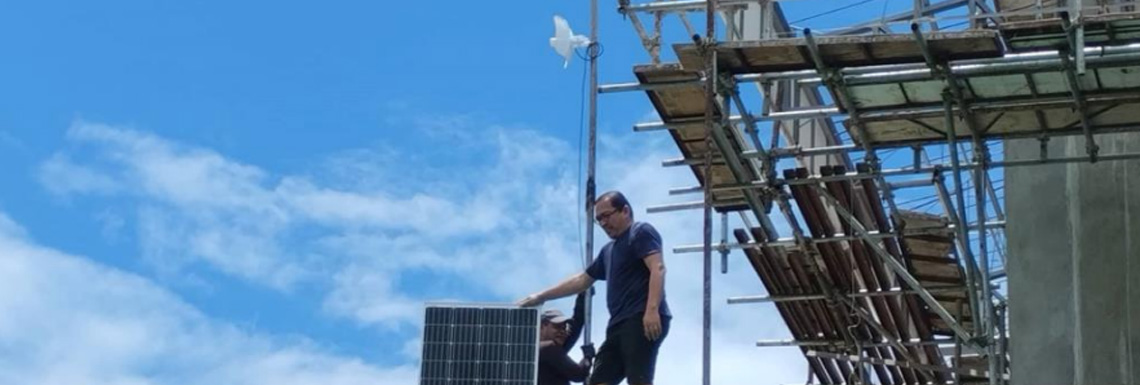Connectivity is more important than ever in times of disaster – but disasters frequently disrupt the communications that are crucial to the disaster response. The situation is further complicated when the affected area has limited or unstable connectivity to begin with.
How best can disaster resilience be fostered? This project provides some clues.
The island of Gilutongan, off the coast of Cebu in the Philippines, has faced a variety of connectivity challenges. When Typhoon Rai struck in December 2021 those challenges were magnified and much of the work that had been done to connect the islands was undone by the disaster.
The island has limited services and given the frequent disruptions, local telco CVISNet needed a local solution that could operate even when the island was cut off – and how were they to source Internet at very low cost?
The solution was the Locally Accessible Cloud System (LACS) which provides an entirely self contained local Internet system with a platform for messaging as well as services for the local school. When connected via solar-powered point to point (P2P) services via line-of-sight to the mainland, the LACS acts as a large wi-fi network connecting to the global Internet. When disaster strikes and it is cut off, it can go local, and still connect just the local community with messaging to help coordinate the disaster response.
Pictured is the installation of solar panels for the P2P connection.
Find out more on the project page.
Foundation Blog
Project Complete! Support for Typhoon Rai victims using LACS



